Keto Diet Meal Plan for Diabetes Type 2
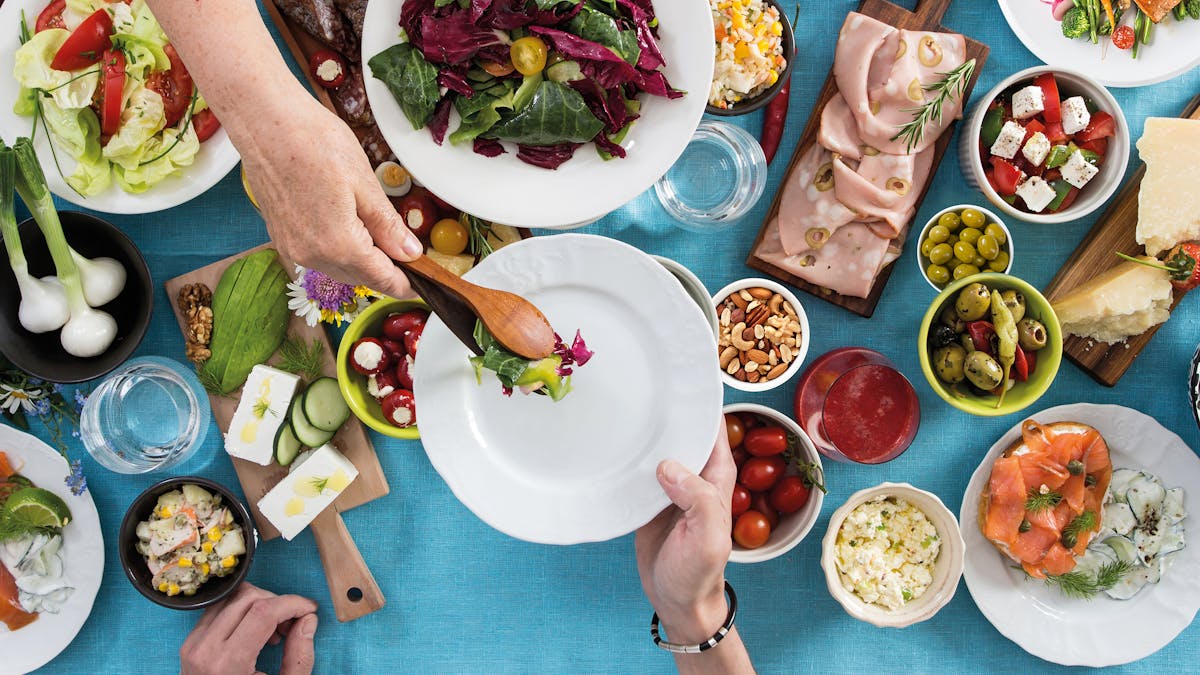
The diabetes diet: the best foods to control diabetes
- Diabetes diet
- Foods and blood sugar
- How many carbs?
- Diabetes friendly meals
- Summary
What should you eat if you have diabetes? If you're confused because you've heard a lot of conflicting information, you're not alone. Fortunately, the answer can be simple: Eat foods that don't raise blood sugar very much, such as low-carbohydrate foods.1
Although low-carb diets were routinely prescribed for people with diabetes more than 100 years ago — often with excellent results — recommendations to eat more carbs became the standard once insulin and diabetes medications were available.2
Although diabetes medications can temporarily slow the blood sugar rise, they cannot reverse the underlying problem.
Going back to the time-honored approach of eating low-carb foods can help control blood sugar in type 1 diabetes and potentially reverse type 2 diabetes, while reducing the need for medications.3
In this comprehensive guide, you'll learn what are the best foods to eat if you have diabetes.
Disclaimer: Medication reduction may be necessary, and you may initially need to check your blood glucose more frequently when eating to control diabetes.
In particular, insulin doses may need to be lowered to avoid low blood sugar, and SGLT2 inhibitors may need to be deprescribed. Learn more
Please follow up with your healthcare provider for medical guidance before changing your diet to treat diabetes. If you are looking for a healthcare provider knowledgable with low-carb nutrition, see our find a doctor map.
If you experience severe nausea, dizziness, weakness or fatigue, please take it seriously as these can be symptoms of dangerously low blood sugar. Options include checking your blood sugar, eating carbs or sugar for a short term fix, and contacting your healthcare provider for further guidance.
Full disclaimer
1. The diabetes diet: what to eat and what to avoid
There are many delicious foods that you can and should enjoy on a low-carb diabetes diet. Here's a list of the best foods to eat — and the ones to stay away from.
Foods to eat
Protein
- Meat of all types: ground beef, steak, roast beef, pork chops, ribs, sausage, bacon, chicken, turkey4
- Seafood of all types: fish, shrimp, scallops, oysters, clams, mussels, crab, lobster
- Canned fish of all varieties: tuna, salmon, sardines, anchovies
- Luncheon meat: ham, roast beef, pastrami, salami, pepperoni, turkey, chicken5
- Eggs6
- Tofu, edamame, tempeh7
Full-fat dairy products8
- Cheese: all varieties9
- Greek yogurt, ricotta cheese, or cottage cheese (limit to one-half cup)10
- Butter, cream, whipping cream, ghee11
- Sour cream and cream cheese
Natural fats12
- Natural oils (olive oil, coconut oil, avocado oil, nut oils of all types)
- Lard
- Tallow
- Chicken fat (schmaltz)
- Duck fat
- Coconut milk
- Coconut cream (unsweetened)
Vegetables
All non-starchy vegetables, including:
Artichoke
Arugula
Asparagus
Avocados
Bok Choy
Broccoli
Broccolini
Brussels sprouts
Cabbage
Cauliflower
Celery
Celery root
Chives
Cucumbers, pickles
Eggplant
Endive
Fennel
Garlic
Green Beans
Greens, all types
Green onions
Heart of Palm
Jicama
Kale
Kohlrabi
Leeks
Lettuce
Mushrooms
Okra
Olives
Onions (small amounts)
Parsley
Peppers
Pumpkin (unsweetened)
Radishes
Rhubarb
Scallions
Shallots
Snow peas
Spring onions
Sugar snap peas
Sprouts
Spinach
Squashes (summer)
Tomatoes
Zucchini
Berries (limit to one-half cup per day)13
- Blackberries
- Raspberries
- Strawberries
Nuts (limit for weight loss)14
- Almonds
- Brazil nuts
- Hazelnuts
- Macadamia nuts
- Pecans
- Peanuts
- Walnuts
- Coconut (unsweetened)
Seeds
- Chia seeds
- Flaxseed
- Hemp seeds
- Sunflower seeds
- Pumpkin seeds
- Sesame seeds
Condiments
- Herbs and spices (no added sugar)
- Hot sauce
- Mustard (plain)
- Tomato salsa (limit to 2 tablespoons)
- Soy sauce or tamari
Beverages
- Water (still or sparkling)
- Coffee
- Tea
- Broth
- Dry wine (limit to 1 glass per day, consumed with a meal)15
Foods to avoid
Avoiding any foods that aren't on the list above can help prevent blood sugar elevations. This includes many foods that most people agree are not good for your health, like:
- Sugar in any form: white sugar, brown sugar, coconut sugar, honey, maple syrup, agave
- Cakes, pies, cookies, ice cream, candy, and other sweets
- Pizza, hamburgers and hot dogs, burritos, and similar foods
- White bread, white rice, pasta, and potatoes
- Soda, punch, sweetened tea and coffee, sweet alcoholic beverages
- Beer
However, there are also some foods on the "avoid" list that may surprise you, such as:
- Whole grains (cereal, pasta, bread, tortillas, rice)
- Sweet potatoes
- Corn
- Beans and lentils
- All fruit juice and most fruit (other than berries)
If you have diabetes, why should you avoid eating these foods — even those that are typically considered healthy? Because they can all raise blood sugar quite a lot, once they've been digested and absorbed by your body.16
Learn more about how different foods affect blood sugar
Diabetes breakfast tips
A good diabetes breakfast needn't be elaborate or time-consuming. In fact, it can even be skipped altogether if you're not hungry.17
There's also no rule that your first meal must contain traditional breakfast fare, like eggs. Although eggs are always an excellent choice, last night's leftovers are great too — and a huge time saver on busy mornings.
Here are a few quick and easy breakfasts to get your day off to a good start:
Popular breakfasts
Diabetes meal tips
What can you eat for lunch when sandwiches are off the table? How do you plan a balanced dinner without potatoes, pasta, or rice? No need to worry — the options are unlimited!
Little changes can make a big difference:
- Use lettuce in place of bread for sandwiches and burgers
- Shred cauliflower and pan-fry in oil to make cauliflower "rice" for a low-carb burrito bowl, or as a side dish for meat or fish
- Cut zucchini into spirals to make noodles, aka "zoodles"; saute in butter and garlic, then top with chicken or protein of choice
- Boil cauliflower until tender, then blend together with butter, cream, and salt to make mashed "faux-tatoes" as a side dish for turkey or other protein
Check out these delicious diabetes-friendly recipes:
Popular keto meals right now
Tap into the wisdom of millions of readers. What keto meals are viewed, over and over? Whether you need a great recipe for keto pizza or want to mix-up your weekly routine with other people's favorites, check out some of our most popular keto meals for inspiration:
Diabetes dessert tips
Although we don't recommend it on a regular basis, occasionally enjoying a sugar-free dessert is entirely compatible with low-carb diabetes eating.
Unlike people who eat low-carb for weight loss alone, those with diabetes are at higher risk for blood sugar swings from conventional sweets — both from the sugar itself and the potential need to "manage" it with medications.18
Here are several delicious options for diabetes-friendly treats to enjoy every now and then:
Ketolicious desserts
Ready for a treat? Below you will find our most popular keto dessert recipes. If you're OK with a dessert that's slightly higher in carbs every once in a while, check out our low-carb dessert page with ALL of our goodies.
Diabetes snack tips
Like desserts, snacks don't necessarily need to be part of your daily diet. However, if you do get hungry in between meals and feel you need to eat, choose cheese, olives, eggs, or other foods on this list of healthy keto snacks.
2. How do different foods affect blood sugar?
The diabetes foods list above contains sources of three broad categories called macronutrients (major nutrients): carbohydrates (carbs), protein, and fat. Instead of being 100% protein, fat or carbs, many foods are actually a combination of two or all three — like nuts, seeds and yogurt.
But how does each macronutrient affect your blood sugar?
Carbohydrates
Of the three macronutrients, carbs raise blood sugar the most — especially in people who have diabetes.19 This is why the American Diabetes Association recently announced that regardless of the type of diet you follow, reducing carbohydrate intake improves blood sugar control.20
The two types of carbs that raise blood sugar are starches and sugars:
Starches: long chains of sugar units that are linked together
Examples: grains, rice, pasta, potatoes, peas, corn
Sugars: two sugar units that are linked together
Examples: fruit, milk, table sugar, honey
After carbs are consumed, they're broken down into single sugar units in your digestive tract and absorbed into your bloodstream. This causes your blood sugar to rise immediately. As a result, starchy foods like rice and bread can raise blood sugar as much as sweet foods.21
Importantly, one portion of the carbs in whole plant foods isn't digested and absorbed into the bloodstream: fiber.22 For this reason, fiber that occurs naturally in foods generally doesn't raise blood sugar in most people.23
The digestible, non-fiber portion of carbs is often referred to as "net carbs," which are calculated by subtracting fiber from the total carbs a food contains.
For example, if you eat one-third of a cup of white rice, which has about 15 grams of carbs and no fiber, your body absorbs all of the carbs, leading to a rise in blood sugar. By contrast, 3 cups of chopped cauliflower also has about 15 grams of carbs, including 7 grams of fiber.
If you eat the cauliflower, you'll only get 8 grams of net carbs, and your blood sugar will increase much less and more gradually due to the lower net carbs and a slowing effect from the fiber. Furthermore, 3 cups of chopped cauliflower is perhaps more than you'd even want to consume at one sitting, and eating a smaller portion would further reduce your net carb intake.
Protein
Just as carbohydrates are made up of chains of sugar (glucose) molecules, the protein you eat is made up of chains of individual units called amino acids. During digestion, these chains are broken down into those amino acids, which are absorbed into your bloodstream.
Although responses among different people vary slightly, consuming a moderate amount of protein at one time generally has little effect on blood sugar in people with type 2 diabetes who produce insulin.24
Many studies demonstrate that people following higher protein diets improve their blood sugar more than people following lower protein diets.25
However, in people with type 1 diabetes or those with type 2 who are no longer producing insulin, even moderate amounts of protein may raise blood sugar — although more gradually and to a lesser extent than carbs do — unless a small amount of insulin is injected.26
Fat
Dietary fat has very little effect on blood sugar. In fact, consuming pure fat all by itself is unlikely to increase your blood sugar at all.
Including fat at a meal delays the rate at which carb-containing foods are broken down and absorbed. This can help prevent blood sugar increases if carbs are kept low.
However, studies conducted on people with type 1 diabetes have shown that consuming a high-fat, high-carb meal can prolong the time that blood sugar remains elevated after eating.27 This is one reason why it's important to avoid eating meals that are high in both fat and carbs.
3. How many carbs can I eat if I have diabetes?
What should your daily carb intake be? Although lower is generally better, exactly how many carbs you can tolerate is somewhat individual.28
You and your friend may both have diabetes. Yet after eating an identical meal, your own blood sugar may be higher or lower than your friend's an hour or two later. More importantly, one of you may now have a blood sugar level above the normal range.
Monitoring blood sugar response
If you keep net carbs very low (under 10 grams per meal), your blood sugar is likely to remain well controlled at all times.29 If you want to experiment with eating slightly more carbs, make sure to test your blood sugar to determine your personal carb tolerance.
Try to measure your blood glucose before eating and then at 1 and 2 hours after eating. Keep a log of your blood sugar readings along with what you ate, and adjust your carb intake as needed based on your results.
4. Diabetes meal planning: keep it simple
There are just three steps to planning a meal to keep blood sugars low. Start with adequate protein, include minimally processed fats, and keep your carbs low and consistent across meals.
Start with adequate protein
Protein is important for maintaining muscle, preventing bone loss, and helping to control appetite, among its many other functions.30
Make sure to include a good protein source at each meal. Aim for about 4-7 ounces (110-200 grams) of meat, poultry, fish, or tofu; or 4-6 eggs.
Learn more — including how to calculate your personal protein needs — in our complete protein guide.
Include minimally processed fat
Fat is the macronutrient that has the least effect on blood sugar, adds richness and flavor to meals, and provides the majority of your energy needs on a low-carb diabetes diet. Remember to focus mostly on minimally processed fat sources as often as possible.
Check out our guide to healthy fats on a low-carb or keto diet
Keep carbs low and consistent across meals
With diabetes, it's not just how many carbs you consume per day that matters; your carb intake at each meal is important because it can affect your blood sugar for several hours. It may be best to aim for roughly the same amount of net carbs (10 grams or less) at each meal instead of eating most of your carbs at one sitting.31
Remember that testing your blood sugar will confirm whether your blood sugar remains within the normal, healthy range.
6. Summary
An effective diabetes diet doesn't have to be complicated; in fact, it can be surprisingly simple and enjoyable, as described above.
By eating delicious whole foods that are naturally low in carbohydrates, you could be on your way to reversing type 2 diabetes or achieving excellent blood sugar control with type 1 diabetes.32
Diabetes
-
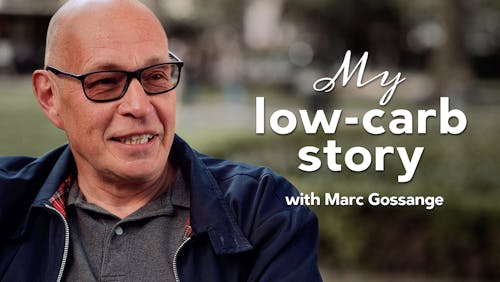
-

-
MEMBERS ONLY

-

-
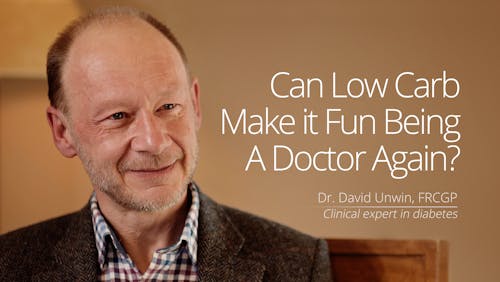
-
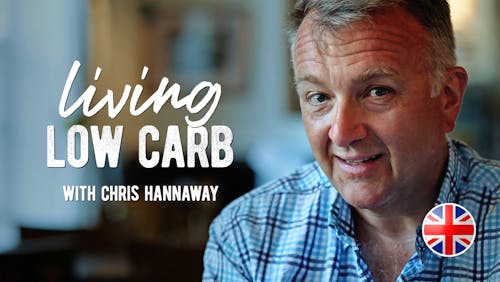
-
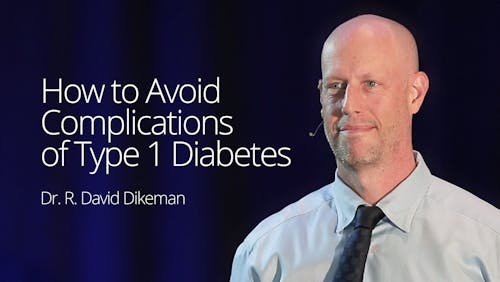
-
MEMBERS ONLY

-
MEMBERS ONLY

-
MEMBERS ONLY
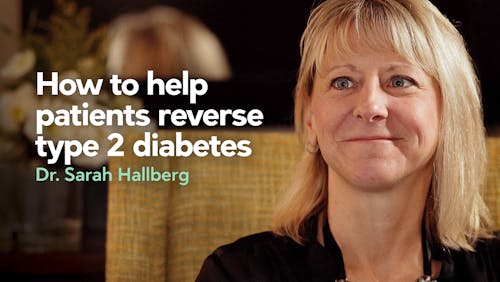
-
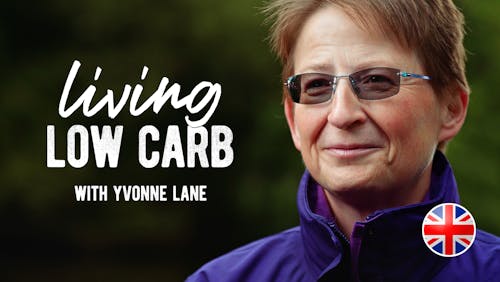
-
MEMBERS ONLY

Keto Diet Meal Plan for Diabetes Type 2
Source: https://www.dietdoctor.com/diabetes/diet